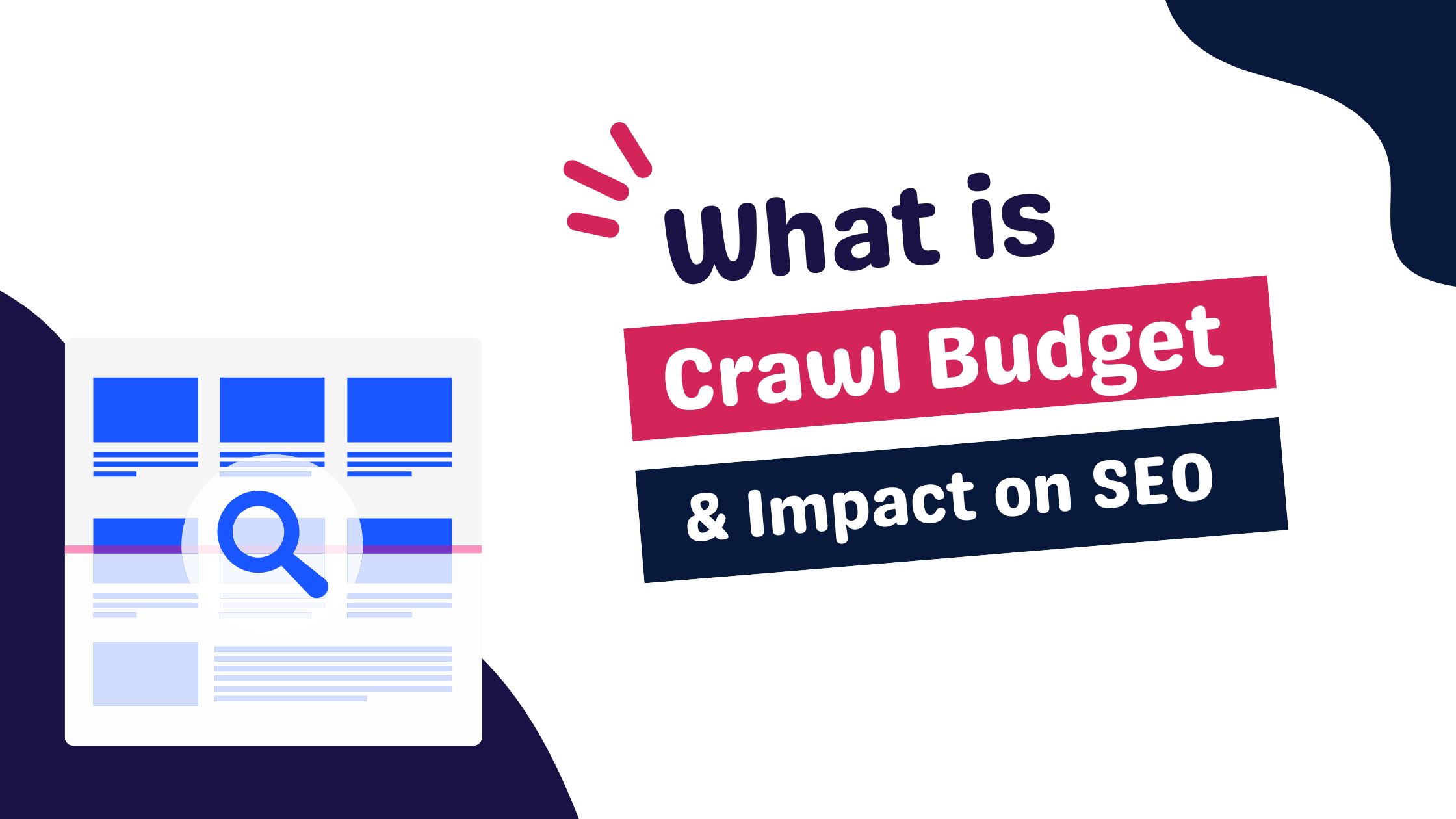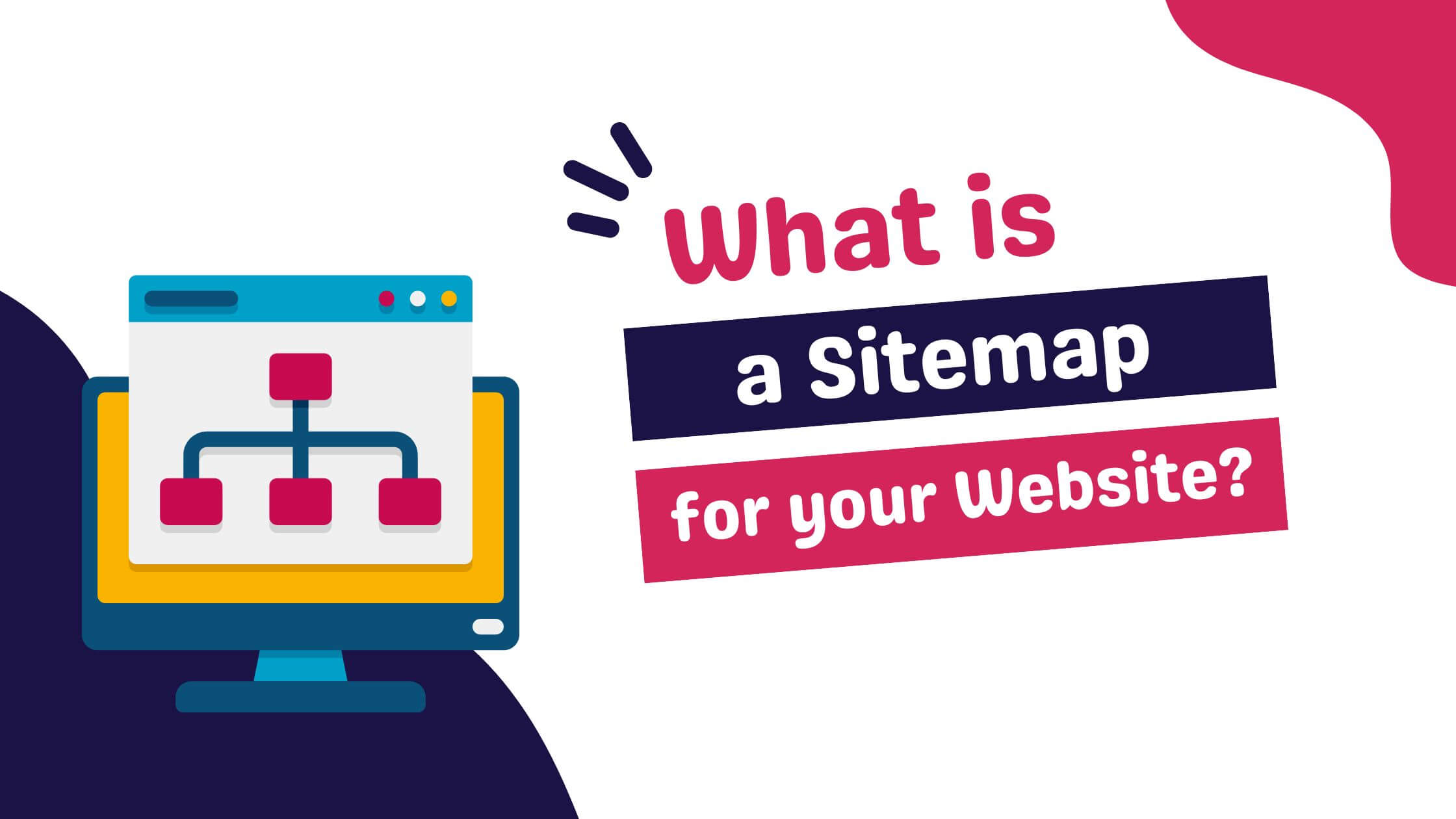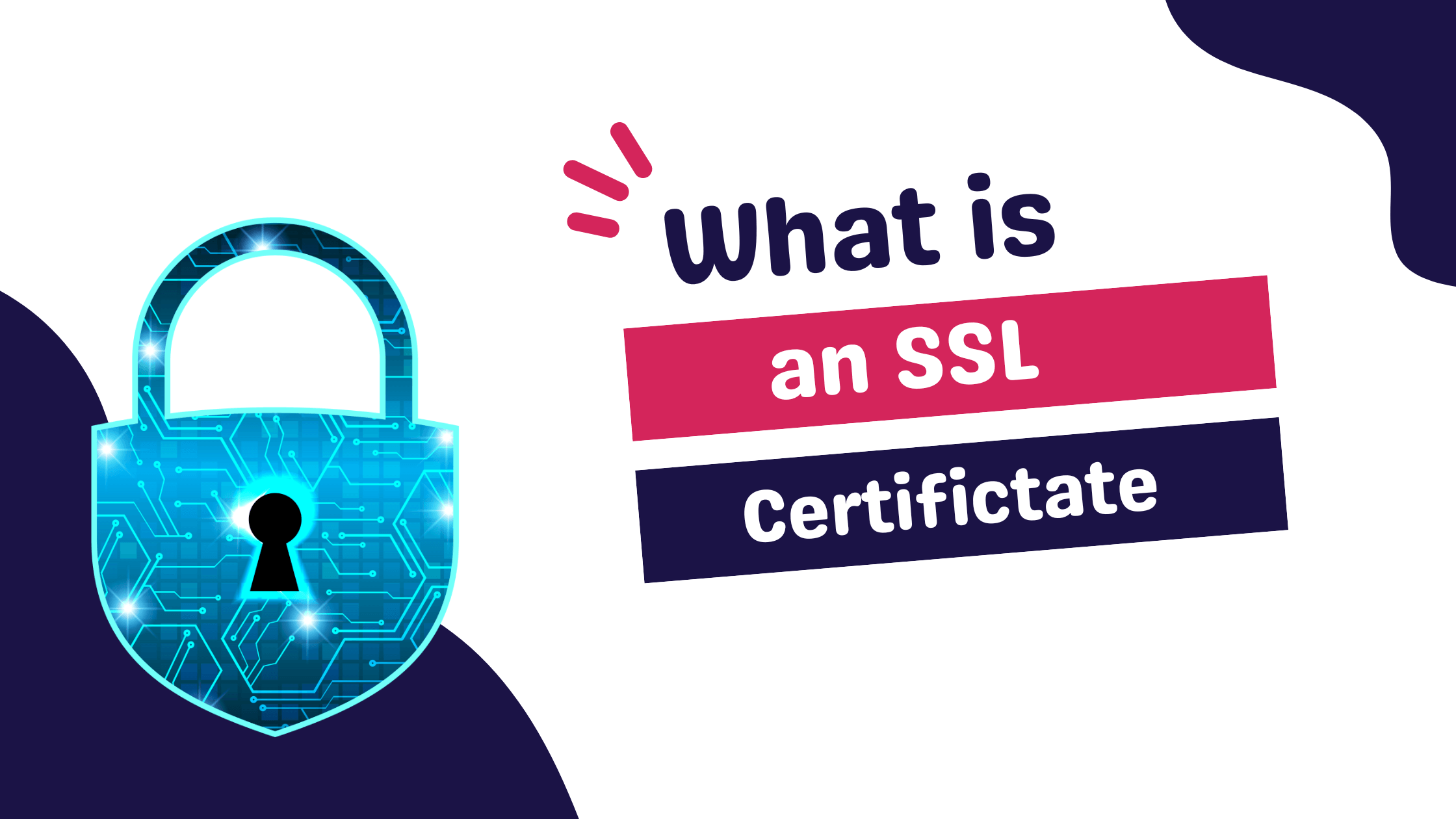- 1. Social media marketing boasts expansive reach and precision, making it a vital tool in the digital age for businesses of all sizes.
- 2. While offering numerous benefits, advertisers must navigate challenges such as ad fatigue, changing algorithms, and evolving privacy concerns.
- 3. Continuous adaptation, learning, and strategic tweaks are essential to maximise the advantages of social media platforms.
- 4. Despite the ever-changing landscape, the growth potential through social media remains consistently significant, promising dynamic growth and enhanced brand visibility.
The Social Media Marketing Revolution.
In the last decade, we’ve witnessed a digital revolution like no other. Social media platforms, which began as simple virtual spaces for people to connect and share their lives, have transformed into colossal advertising powerhouses. This evolution has altered the landscape of digital marketing, pushing businesses, both big and small, to adapt and tap into the immense potential these platforms offer.
Brief Overview of the Rise of Social Media.
In the early 2000s, platforms like MySpace and Friendster marked the beginning of the social media age. But it was the subsequent emergence of Facebook, Twitter, and later Instagram, LinkedIn, TikTok, and others that truly solidified social media’s place in our everyday lives. Today, billions of people worldwide use these platforms daily, not only to connect with friends and family but also to engage with brands, discover new products, and even shop online.
Powerful Advertising Platforms.
The transformation of social networks being purely social to becoming powerful advertising platforms didn’t happen overnight. As the user base of these platforms grew, businesses began to see the potential of reaching their target audience in a more personalised and engaging way. Instead of merely creating a profile or page, brands started leveraging built-in advertising tools, from sponsored posts to story ads and more.
Moreover, the ability to access real-time data, insights into user behaviour, and precise targeting options marked a pivotal shift in the advertising industry. Traditional forms of marketing, while still relevant, couldn’t provide the immediacy and precision that social media advertising offered. The interactive nature of these platforms allowed brands not just to broadcast their message, but to engage in two-way conversations, receive feedback, and foster a community around their products or services.
As the algorithms behind these platforms became more sophisticated, so did the advertising opportunities. Brands could now tailor their campaigns based on user interests, online behaviours, and even past purchase history. This level of customization was unprecedented, ensuring that ads were not just seen but were relevant and resonated with the target audience.
The Importance of Social Media for Small Businesses.
As a business owner, you’ve likely looked into the world of social media marketing tailored for small enterprises. And it’s clear why.
Currently, there are 4.8 billion active social media users worldwide. 150 million new users have come online within the last 12 months. Social media users spend, on average, 2 hours and 25 minutes daily on these platforms,
Furthermore, the perception that social media is only beneficial for large corporations is outdated. Data reveals that 71% of small to medium-sized businesses leverage social media for their promotional activities, with 52% posting daily.
To stay competitive in today’s market, establishing an online presence is crucial.

The Major Social Media Platforms.
Facebook: Overview, user demographics, and advertising potential
Facebook stands as the titan of social media platforms, boasting over 2.8 billion monthly active users. Its broad demographic reach, spanning from teens to seniors, ensures brands can target nearly any audience segment. The platform offers a rich advertising ecosystem, including sponsored posts, carousel ads, video ads, and the highly effective Facebook retargeting ads. With Facebook’s Audience Insights tool, businesses gain a deep understanding of their audience’s behaviours, preferences, and even connections, allowing for precise and impactful advertising campaigns.
Instagram: Its visual-centric nature, demographic insights, and ad formats.
A part of Meta (Facebook), Instagram captivates its users with a predominantly visual platform. It’s particularly popular among younger demographics, especially those aged 18-34. This platform shines with its range of advertising formats such as Stories Ads, Carousel Ads, IGTV Ads, and Shopping Ads. Instagram also provides businesses with detailed analytics, helping brands refine their strategies to effectively engage their audience. The visual nature of Instagram makes it ideal for industries like fashion, travel, and food, but its vast user base ensures potential for virtually any brand.
Twitter (X): Briefing on its real-time nature, user base, and promoted tweets.
X formerly known as Twitter is the epicentre of real-time conversations, news, and trends. With over 330 million monthly active users, it’s a platform where brands can engage in real-time dialogues with their audience. Its user base is diverse, though slightly skewed towards younger adults and professionals. Twitter’s primary ad format, the Promoted Tweet, seamlessly blends into users’ feeds, providing brands with organic-feeling exposure. Additionally, features like Twitter Polls and Moments offer brands unique ways to engage and drive conversations.
LinkedIn: Importance for B2B marketing, audience specifics and ad formats.
LinkedIn differentiates itself as the premier platform for professionals and B2B interactions. With over 700 million users, it’s where industry leaders, decision-makers, and professionals network and share insights. The audience here is more niche, gravitating towards professional content, making it ideal for B2B marketing campaigns. LinkedIn offers Sponsored Content, Message Ads, and Dynamic Ads among its advertising formats, all tailored to engage a professional audience. With LinkedIn’s targeting, brands can focus on job titles, company size, or even specific industries, ensuring high relevancy in their campaigns.
TikTok: The rise of short-form video content, its younger audience, and advertising scope.
The meteoric rise of TikTok has redefined content consumption with its short, catchy videos. Predominantly popular among Gen Z, the platform has over 1 billion monthly active users, offering brands a massive younger demographic to tap into. TikTok’s advertising arsenal includes TopView Ads, Hashtag Challenges, and In-feed Ads, among others. The platform’s For You Page algorithm ensures that even brands without a massive following can achieve viral status with the right content.
Benefits of Social Media Advertising.
Targeted Reach:How businesses can reach specific demographics, interests, and behaviours.
One of the most profound advantages of social media advertising is the unparalleled Targeted Reach it offers. Traditional advertising methods often cast a wide net, hoping to capture a portion of the intended audience. In contrast, social media platforms harness vast amounts of user data, enabling businesses to zero in on specific demographics, geographical locations, interests, behaviours, and even purchase histories. Whether it’s targeting millennials with a penchant for sustainable products or professionals interested in tech conferences, social media advertising ensures your content reaches the eyes of those most likely to engage.
Cost-Effective:Comparison of ad spend vs. traditional media with potential ROI.
When it comes to return on investment, social media advertising often outshines its traditional counterparts. While traditional media, such as TV or print ads, can demand hefty budgets with less precise targeting, social media platforms offer tiered ad spending, accommodating everything from small local campaigns to massive international ones. The Cost-Effective nature of social media ads means even startups or SMEs can have a significant impact with a modest budget, achieving impressive ROIs by reaching the right people with the right message at the right time.
Instant Feedback:Immediate audience reactions, comments, and engagement metrics.
When it comes to return on investment, social media advertising often outshines its traditional counterparts. While traditional media, such as TV or print ads, can demand hefty budgets with less precise targeting, social media platforms offer tiered ad spending, accommodating everything from small local campaigns to massive international ones. The Cost-Effective nature of social media ads means even startups or SMEs can have a significant impact with a modest budget, achieving impressive ROIs by reaching the right people with the right message at the right time.
Flexibility:Ability to tweak and adjust campaigns in real-time based on performance.
In the fast-paced world of digital marketing, adaptability is key. Social media advertising offers unparalleled Flexibility. If a campaign isn’t resonating as expected or if there’s a sudden shift in market trends, businesses can pivot quickly. Ads can be adjusted, paused, or entirely re-strategize in real-time, ensuring resources are always optimised for the best possible outcome. This dynamic nature eliminates the risk of prolonged underperforming campaigns, ensuring marketing budgets are utilised most efficiently.
Brand Awareness & Growth: Showcasing success stories and potential for virality.
Social media platforms have birthed countless viral sensations, skyrocketing brands into the limelight overnight. The potential for Brand Awareness & Growth on these platforms is immense. From a local bakery that becomes an international sensation through a viral TikTok video to startups that gain massive traction through influencer partnerships on Instagram, the stories are endless. The interconnectedness of social media ensures that compelling content has the potential to be shared, liked, and talked about across the globe, amplifying brand presence exponentially.
How Targeted Advertising Helps Businesses.
Targeted advertising is a testament to the blend of technology and strategy in modern marketing. By ensuring businesses reach the right people at the right time with the right message, it not only maximises ROI but also creates meaningful connections between brands and their audience. As the digital world continues to grow, harnessing the power of targeted advertising will remain paramount for businesses aiming to stand out and succeed.
Reaching the Right Audience:Explanation of how precise targeting leads to better conversion rates.
At the heart of successful advertising lies the principle of Reaching the Right Audience. In the vast digital ocean, not every net captures the desired fish. Precise targeting ensures that businesses present their offerings to those most likely to be interested. When advertisements resonate with a user’s interests, needs, or pain points, they’re more inclined to take action. This specificity translates to higher engagement, better click-through rates, and, ultimately, superior conversion rates. Instead of broadcasting to an indifferent crowd, targeted advertising speaks directly to a receptive audience, making every ad dollar count.
Retargeting:The power of showing ads to potential customers who’ve already interacted with your brand.
Retargeting is a powerful tool in the advertiser’s arsenal. It’s based on a simple yet effective principle: re-engage individuals who have previously interacted with your brand but haven’t taken the desired action. Whether they visited a product page, added items to a cart, or simply browsed your website, retargeted ads serve as gentle reminders, nudging them back towards conversion. By leveraging cookies or pixel data, platforms can display tailored ads to these potential customers, often showcasing products or services they’ve already expressed interest in. This familiarity often leads to increased trust and a higher likelihood of conversion.
One of the innovative features offered by platforms like Facebook is the ability to target Lookalike Audiences. Once businesses have identified their core audience, they can use this feature to reach users who share similar characteristics, behaviours, and interests with their existing customers. This method operates on the premise that if a set demographic has shown interest in a product or service, others with similar profiles are likely to as well. By leveraging lookalike audiences, businesses can expand their reach while maintaining a high probability of engagement and conversion.
The Benefits of Social Media Marketing for Local Businesses.
For local businesses, the adage “think globally, act locally” holds particular significance. Local Targeting empowers businesses to direct their advertising efforts to specific geographic locations, be it a country, city, or even a particular radius around a physical store. This ensures that a local restaurant, boutique, or service provider reaches potential customers in their vicinity, increasing the likelihood of physical visits or localised online engagements. Furthermore, ads can be tailored to resonate with local cultures, events, or sentiments, ensuring relevance and fostering community connections.
The interconnected world of social media provides a unique platform where even local businesses can shine brightly alongside major players. The nuances of using social media for a local business differ greatly from that of larger corporations.
So, how can local enterprises harness the potential of these platforms to their advantage?
Enhanced Local Reach.
Geo-targeting features on platforms like Facebook and Instagram ensure that local businesses can specifically connect with audiences within their immediate geographic vicinity. This precision targeting ensures that your content, promotions, and ads are primarily visible to those most inclined to walk into your establishment or make use of your localised services.
Community Building.
Beyond merely acquiring customers, social media offers the opportunity to cultivate a thriving community. By spotlighting local events, championing regional causes, or sharing news pertinent to the locale, businesses can resonate with residents on a personal level, enhancing loyalty and fostering organic recommendations.
Local Reviews and Testimonials.
Through platforms like Google My Business and Facebook, customers have the ability to share their experiences via reviews. A sterling review can significantly amplify a local brand’s standing. Engaging actively with these reviews, be it expressing gratitude for praise or diplomatically addressing critiques, exhibits a business’s dedication to its patrons.
Real-time Engagement and Updates.
The immediacy of social media is a boon for local businesses. Whether announcing a shift in operational hours, publicising a limited-period offer, or heralding a flash sale, these platforms ensure that the message reaches your clientele without delay.
Collaborations and Local Partnerships.
Teaming up with neighbouring businesses for mutual promotions or events can widen your local reach. Imagine a hometown bakery collaborating with a local artisanal coffee shop, or a fitness centre partnering with a neighbouring health eatery. Such alliances not only add variety to your content but also introduce your establishment to an extended local clientele.
To wrap up, while social media’s expanse might seem overwhelmingly global, it’s replete with tools tailor-made for localised interaction. With the right strategies, local establishments can not only mark their digital presence but also flourish, building stronger community ties and witnessing tangible business growth.
Challenges and Considerations with Social Media Marketing.
While the allure of social media marketing is undeniable and its benefits manifold, it’s essential to approach it with a balanced perspective. Like any powerful tool, it comes with its nuances and potential pitfalls. Businesses eager to harness the full power of social media must not only be aware of its advantages but also navigate the challenges that accompany this vast digital frontier.
Ad Fatigue:The danger of overexposing the same ad to users
While the potential of social media advertising is vast, it comes with its set of challenges. One of these is Ad Fatigue. Presenting the same advertisement to users repetitively can lead to decreased engagement, as the content becomes less appealing or even irritating. It’s crucial for businesses to refresh ad creatives regularly, ensuring that audiences remain engaged and the message doesn’t grow stale.
Changing Algorithms:Keeping up with ever-evolving platform algorithms
The digital realm is in a state of constant flux, especially with the Changing Algorithms of social media platforms. What worked yesterday might not be as effective today. Platforms like Facebook and Instagram frequently update their algorithms, affecting how content is ranked and displayed. For advertisers, this means continually staying updated, testing different strategies, and adapting to maximise visibility and engagement.
Privacy Concerns:How changes like iOS's App Tracking Transparency can affect ad targeting
With growing awareness about digital privacy, many tech giants, like Apple with its App Tracking Transparency, are implementing stricter privacy controls. These changes can affect how advertisers collect and use data, potentially making targeted advertising more challenging. Businesses need to be mindful of these shifts, ensuring their strategies are compliant, respectful of user privacy, and yet still effective in reaching their desired audience.
The Unyielding Potential of Social Media Marketing.
Social media Marketing, with its expansive reach and precise targeting capabilities, holds immense power in the digital age. While there are challenges, the potential benefits far outweigh the hurdles. Small tweaks, continuous learning, and adaptation are the keys. Businesses, both big and small, stand to gain significantly by leveraging these platforms, tapping into vast audiences, and fostering meaningful connections.
In this ever-evolving landscape, one thing remains constant: the potential for growth through social media is monumental. Businesses that venture into this marketing strategy, armed with knowledge and a spirit of adaptability, are set on a path of dynamic growth and enhanced visibility.





